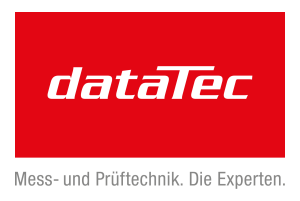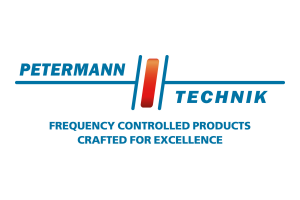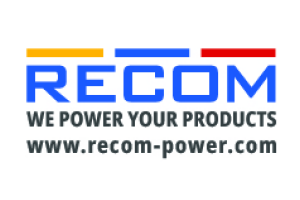Mood Picture in Embedded Computing
Cheerful with Occasional Shadows
Responding to changing requirements is an integral part of the embedded computing business. In addition to technological innovations, the industry is now facing political challenges.
Adaptations to new bus systems and interfaces have been driving the development of embedded computing modules and the entire industry forward for decades - and with great regularity. Now, however, USB and PCI Express seem to be getting out of sync (specifying, implementing, gathering experience) and specifying successors long before the first predecessor device is soldered. Nothing against unrestrained innovation, but do these developments make sense for the embedded industry?
The specification for USB4 was released in the middle of this year and is the joint successor of USB 3.2 and Thunderbolt 3. The Thunderbolt specification was handed over to the USB-IF at the beginning of this year. The Thunderbolt protocol must be extended to support the tree-like branching structure (hub topology) of USB. However, there is no higher transfer rate planned than with Thunderbolt 3, i.e. 40 Gbps. On the contrary: Neither USB4 hosts nor USB4 devices have to support the 40 Gbit/s known from Thunderbolt 3 - the minimum requirement is the 20 Gbit/s offered by USB 3.2. What has also remained is the variety of optional power supply profiles. All in all, it is becoming more and more difficult for users to assess what is hidden behind the Type 3 socket - so data sheet study is the order of the day.
"The USB chaos remains. It is becoming more and more difficult for users and manufacturers to handle the variety of variants with standardization," emphasizes Josef Fromberger, Head of Embedded Division at TQ Systems. "For the industrial use of embedded computers it is more a curse than a blessing. The industry needs sustainable and long-term available standards and associated products".
"Unfortunately, it won't be any easier, since the new performance and new functions make the hub structure much more complicated," confirms Christian Eder, Director Marketing at congatec. "It is also exciting how Intel, AMD and Co. will implement the whole thing in their future platforms. The crux of the matter will be compatibility. Since USB4 does not require Thunderbold 3, interoperability problems may occur."
USB4 can offer many advantages for users. With just one connector, an extremely flexible and powerful service port can be easily implemented. By implementing a client mode, for example, measuring devices could be controlled by a computer and supplied with power.


- Cheerful with Occasional Shadows
- "Thunderbolt will hardly play a role..."
- Using leading indicators










